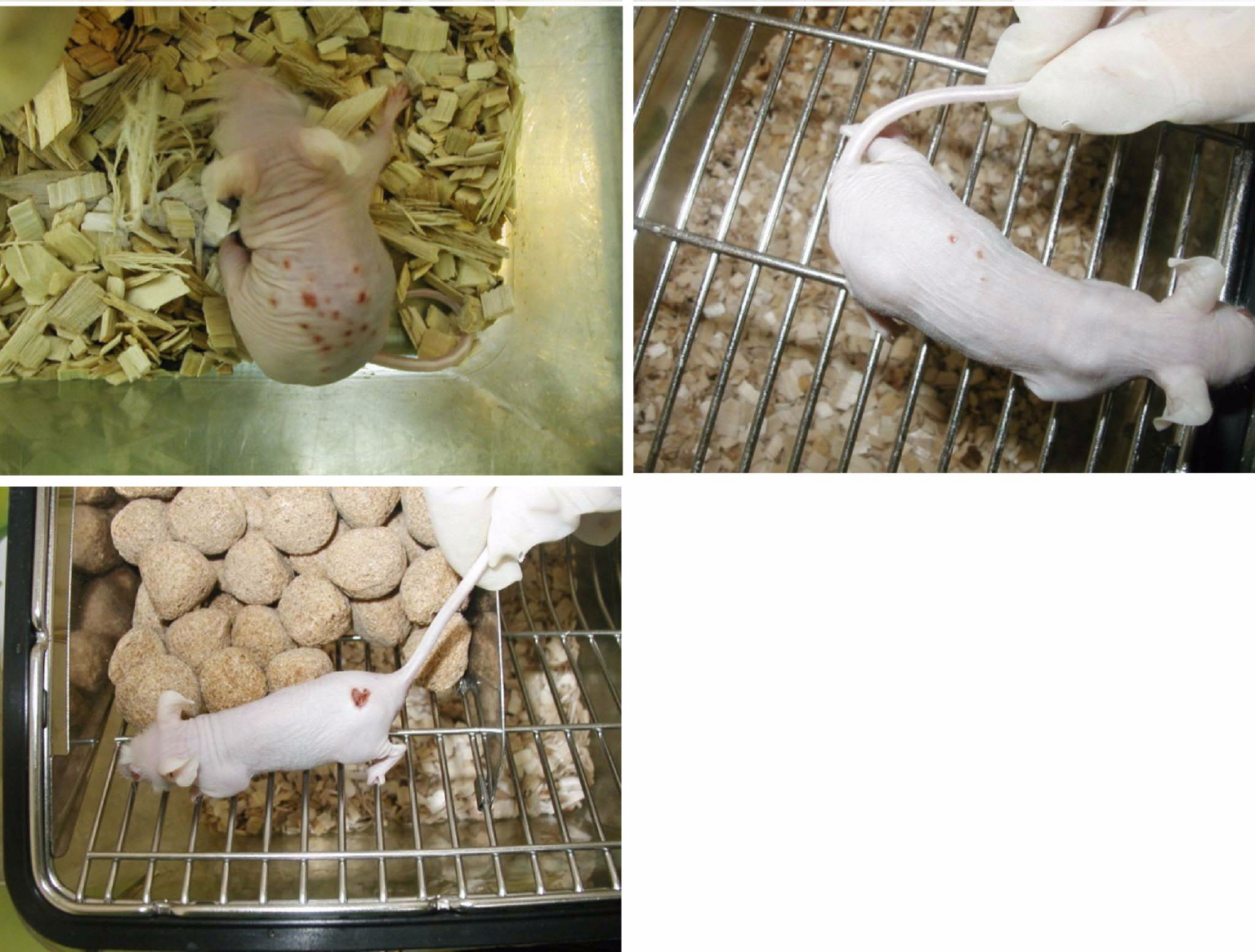Lab Anim Res.
2010 Dec;26(4):425-428. 10.5625/lar.2010.26.4.425.
Laboratory Rodents Negatively Affected by Construction Environment
- Affiliations
-
- 1Laboratory of Animal Research, Asan Institute for Life Sciences, Asan Medical Center, Seoul, Korea.
- 2Institute for the 3Rs & Department of Laboratory Animal Medicine, College of Veterinary Medicine, Konkuk University, Seoul, Korea. labvet@konkuk.ac.kr
- KMID: 2114712
- DOI: http://doi.org/10.5625/lar.2010.26.4.425
Abstract
- This report describes rodents in a laboratory animal facility that was adversely affected by a noisy environment during construction work. There was much noise and vibration as well as dust caused by the drilling and hammering. The noise levels, frequencies, and length of time when occurring in the drilling and hammering, were all measured. The drilling showed noise levels ranging from 50-90 decibels (dB) (A-filter, A), and the hammering presented 60-70 dB (A). Some researchers raised problems regarding animal experiments, including skin injuries resulted from self-mutilation, and increase of mortality. This gives useful information to people who plan to renovate laboratory animal facilities as it is a very rare case.
Keyword
MeSH Terms
Figure
Reference
-
References
Carlton, D.L. and Richards, W. (. 2002. ). Affordable noise control in a laboratory animal facility. Lab. Anim. 31,. 47–48.Milligan, S.R., Sales, G.D. and Khirnykh, K. (. 1993. ). Sound levels in rooms housing laboratory animals: an uncontrolled daily variable. Physiol. Behar. 53,. 1067–1076.Sales, G.D., Wilson, K.J., Spencer, K.E. and Milligan, S.R. (. 1988. ). Environmental ultrasound in laboratories and animal houses: a possible cause for concern in the welfare and use of laboratory animals. Lab. Anim. 22,. 369–375.
- Full Text Links
- Actions
-
Cited
- CITED
-
- Close
- Share
- Similar articles
-
- Integrating Building Information Modeling and Health and Safety for Onsite Construction
- Zoonotic importance of ecto- and endoparasites in rodents in Malaysia: a review
- Occupational Diseases of Construction Industry
- Effect of Nursing Practice Environment on Intent to Leave in Hospital Nurses: Focused on the Mediating Effect of Reciprocity
- Serological observation of Toxoplasma gondii prevalence in Apodemus agrarius, a dominant species of field rodents in Korea



